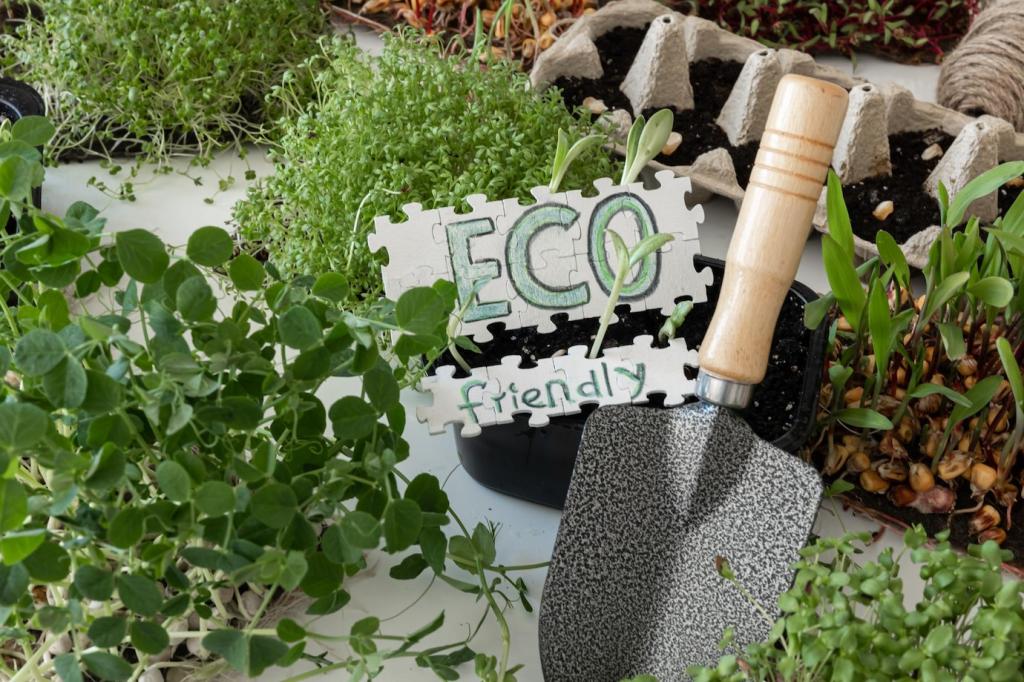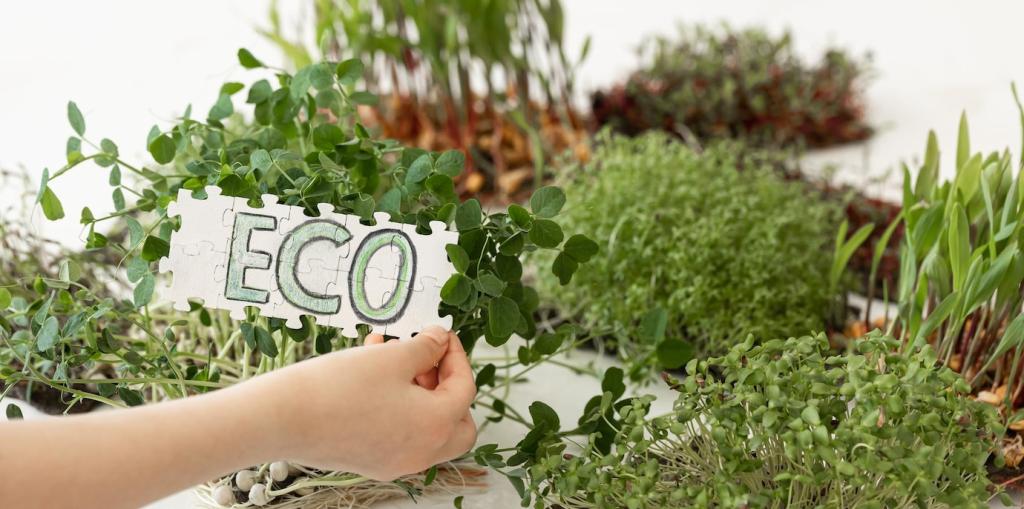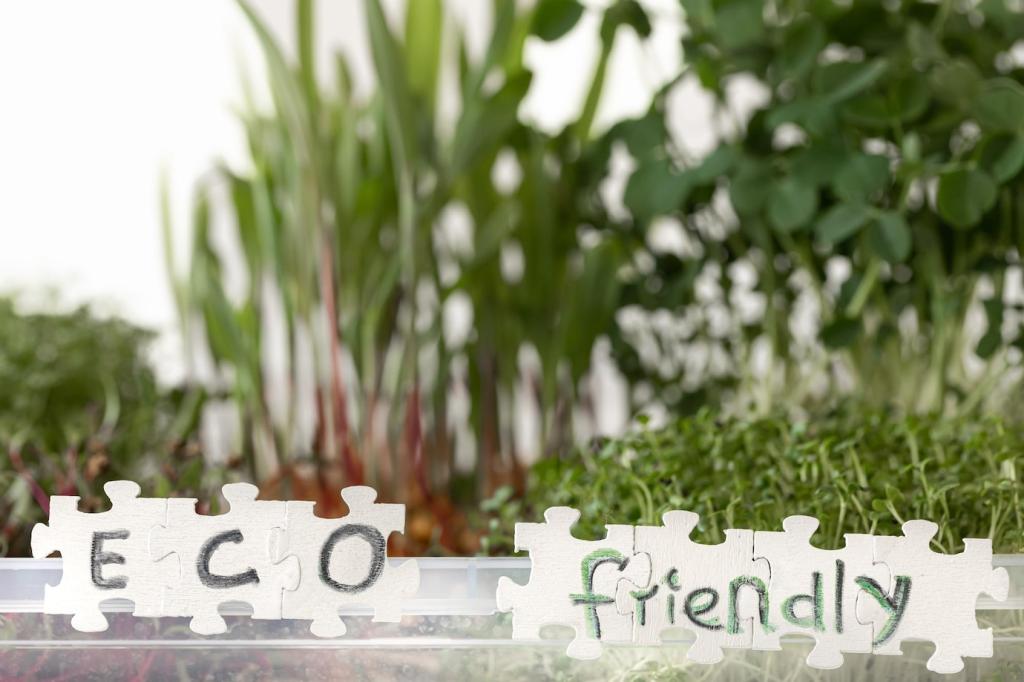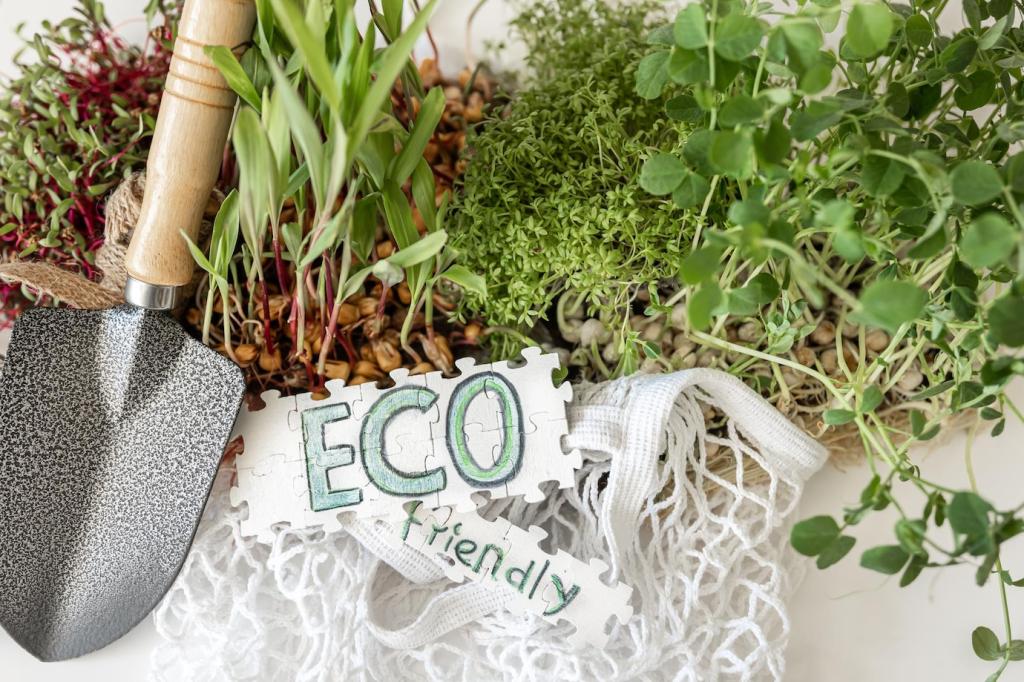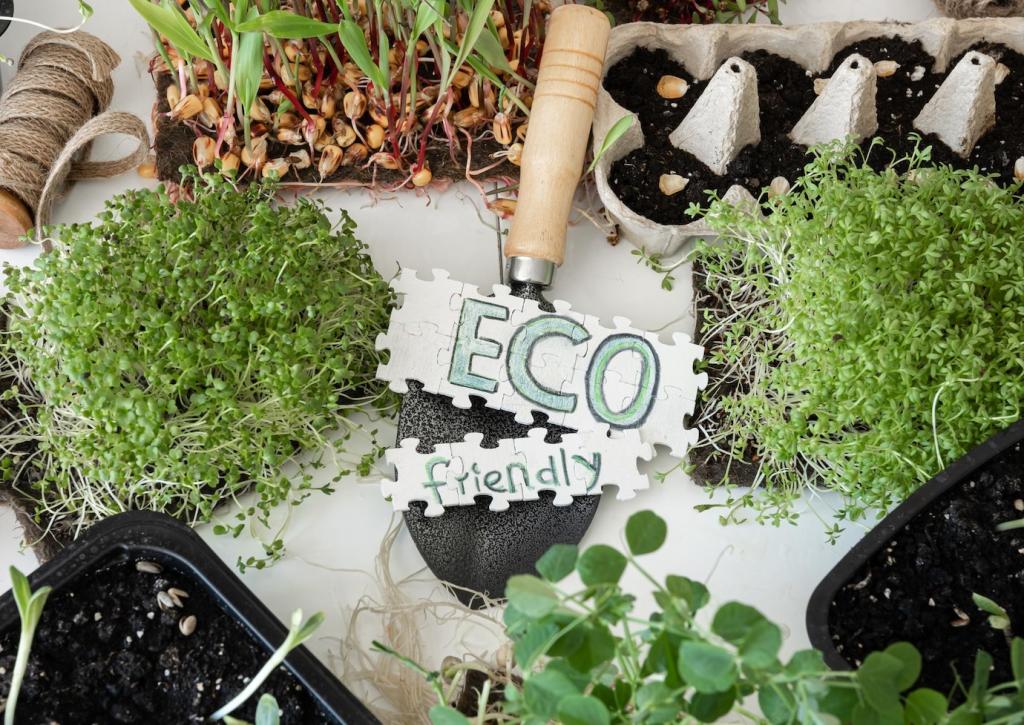Finishes and Glues That Respect Air Quality
Waterborne polyurethane, plant-based hardwax oils, and shellac deliver durable protection with minimal fumes. Milk paint layered under a light wax produces a velvety, timeworn feel. Tell us your favorite low-VOC finish recipe—our readers love discovering reliable, repeatable finishing schedules.
Finishes and Glues That Respect Air Quality
Hide, fish, and casein glues are surprisingly strong, reversible, and repair-friendly. They’re excellent for chairs, veneers, and delicate repairs where future maintenance matters. Warm your glue, clamp patiently, and enjoy joints that last while honoring restoration best practices.

